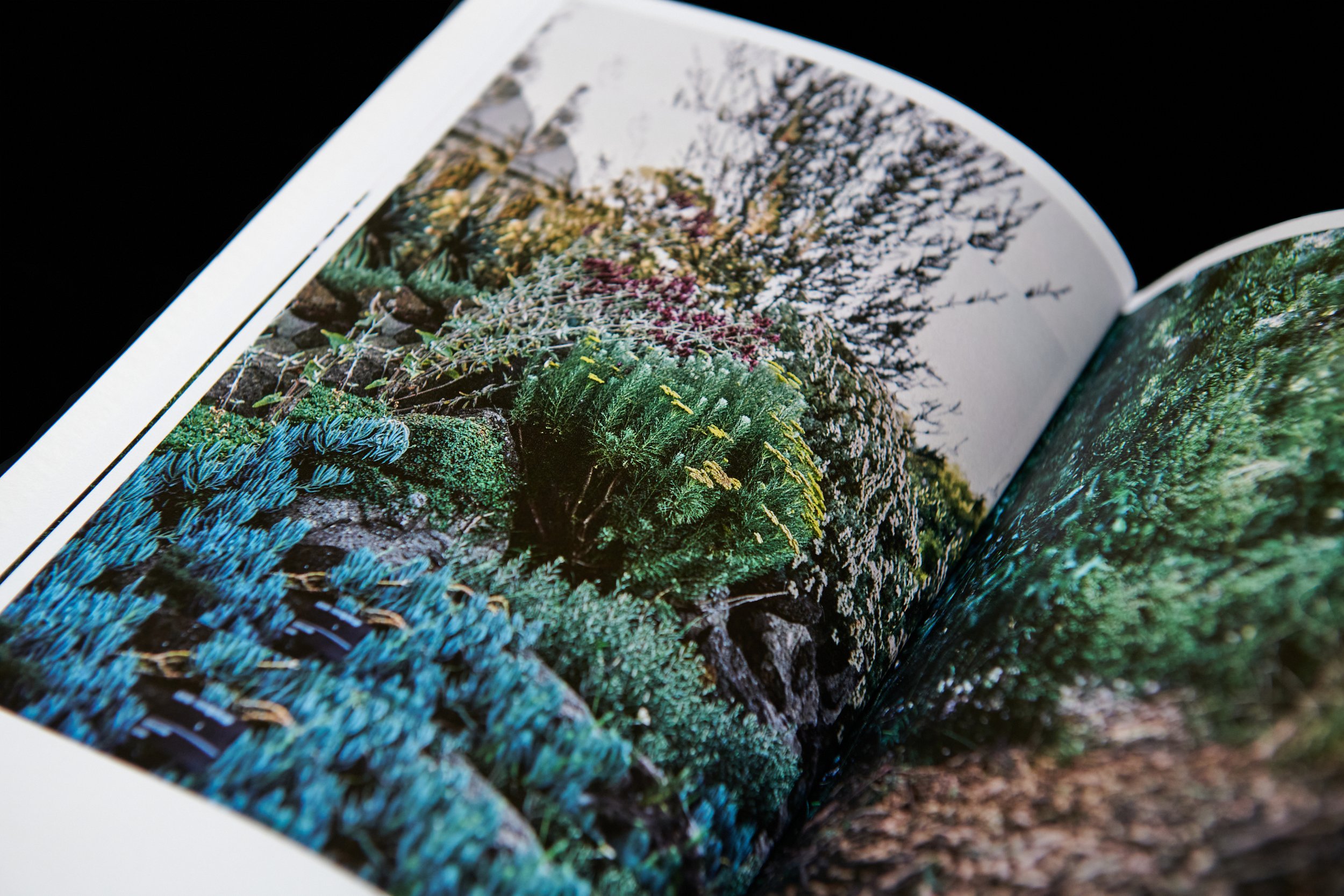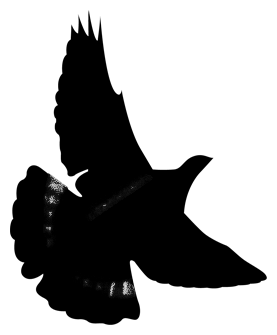LOST: An Intimate Form of Disaster
Combining found images and text, a 14,000 word work of fiction and landscape photography, LOST: An Intimate Form of Disaster is Michael Lindsey Davison’s new book about ambiguous loss. Available to buy at Metropolis Bookshop.

In 2012, Davison started collecting posters of missing cats and dogs. Davison was moved by the stories people told about their lost pets as well as the images that were included. Usually printed using cheap, inkjet printers, the images were often unclear, dark, or subject to destruction by the forces of wind and rain. Some humorous and others quite distressing, collecting these posters was ultimately an act of preservation of peoples’ stories of grief and hope.
What is ambiguous loss?
The phrase “ambiguous loss” was popularised in the wake of the September 11 attacks by the clinical psychologist and academic Pauline Boss. Writing in The Lancet in 2012, she noted that ambiguous loss is a type of trauma people experience when “loved ones suddenly vanish”. This notion is usually associated with families who have lost someone due to terrorists attacks, ethnic cleansing, or other such horrors. Those suffering from ambiguous loss often “experience feelings of helplessness, depression and anxiety” because psychological closure can never be fully realised if a victim’s body is never recovered. Distress and hope combine to prolong the grieving process. Davison’s work suggests that the experience of ambiguous loss is more widespread than most people imagine. When considered along a spectrum of severity, the term could apply not just to those seeking missing persons, but to people who have lost anything they cherish— including objects and animals. To Davison, the creation of a ‘lost poster’ marks the beginning of the grieving process. It is at once a creative act to validate distress but it is also part of the process to overcome grief and sorrow.
Each copy is signed and numbered by the artist
Published in an edition of only 144, LOST: An Intimate Form of Disaster reproduces the text and images of hundreds of posters that Davison collected over the years. The book also includes Davison’s work of fiction, ‘Story of M’, that functions to elucidate the key ideas of the work. The inclusion of a narrative expands on Davison’s previous work in Plantboy (2017), Some Cell Sites (2019) and Nightlife (2021). In each of these works, narratives are deployed to consciously influence the reader’s perception of the whole work of art. In Davison’s books, the narratives are not supplementary but essential to the understanding of the work.



